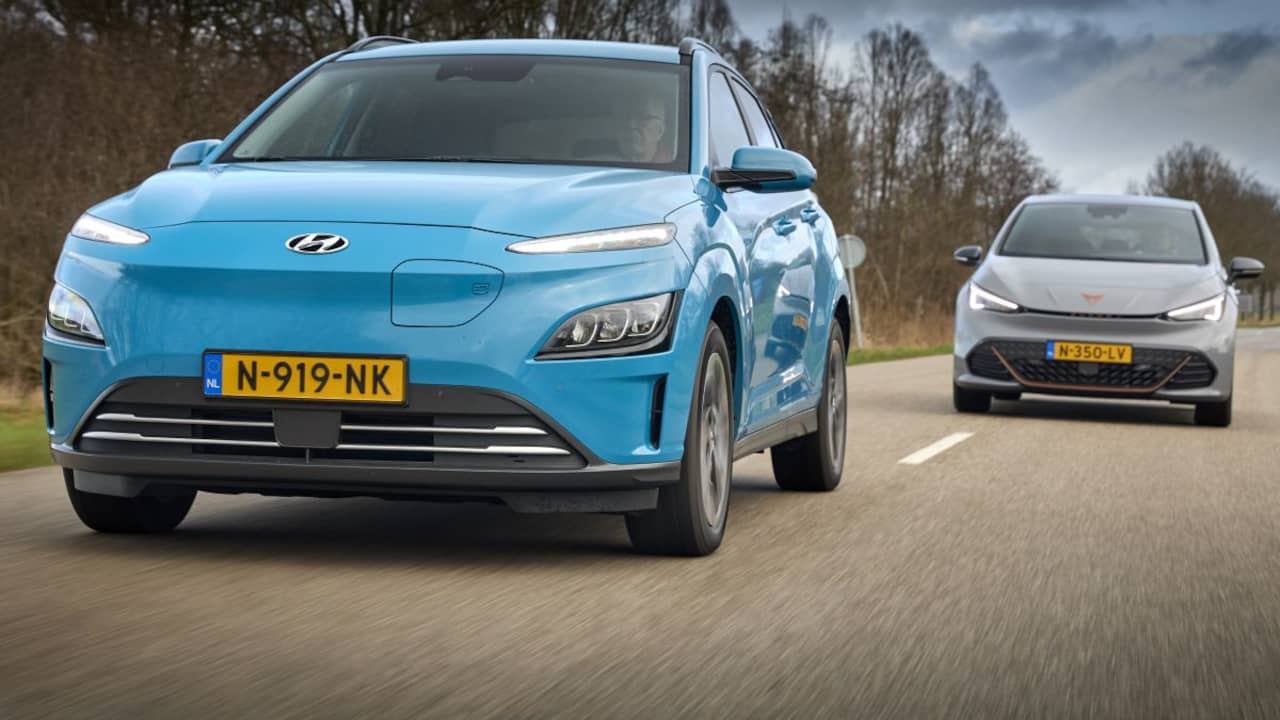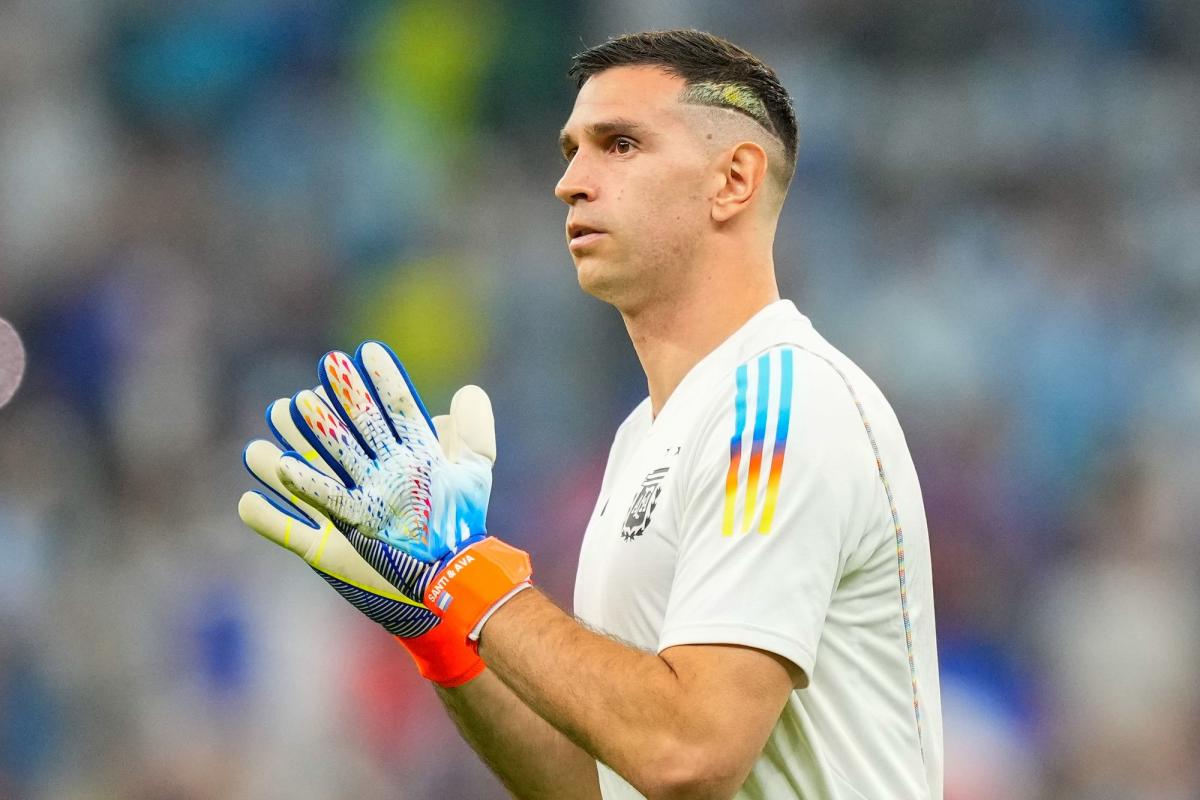The automotive industry continues to face headwinds. After the difficult sales years of 2020 and 2021 due to the corona crisis, the number of new passenger car registrations decreased again in 2022 due to persistent delivery problems. The sector expects that the bottom has now been hit.
But there’s more to tell about last year’s sales. For example, Volkswagen was replaced as number one, a French small car became the best-selling model, and the share of all-electric models increased even further.
Auto sales in 2022 eventually stopped at 312,129 units, the lowest number in 55 years. Kia topped the sales chart last year. This replaced Volkswagen as the list leader for the first time since 2005. The German brand took second place, followed by Toyota, Peugeot and BMW.
Party at Peugeot
Peugeot has delivered the most successful model of 2022 with the 208 and thus relieves the Kia Niro. That model finished in third place, just behind the Kia Picanto. The Volvo XC40 and the Opel Corsa are numbers four and five.
The 208 owes its success above all to the electric version, which represents 60 percent of sales. The delivery time for this plug-in version has therefore increased significantly, says Stellantis, Peugeot’s parent company AutoWeek. This situation will not improve quickly, not even because production of an improved version with more autonomy is expected to start this year.
The biggest gains among the brands were recorded last year by the Cupra brand, which was separated from SEAT (up 100 percent) and Lynk & Co (up 77.3 percent), Volvo’s Chinese sister brand. Other brands where champagne could be uncorked are Dacia (up 72.6 percent), MG (up 42.7 percent), Honda (up 33 percent) and Tesla (up 16.7 percent). There have been poor results particularly at Mitsubishi, SEAT, Ford and SKODA.
The share of electric cars continues to increase
2022 was another good year for all-electric cars. Sales increased by 15%, increasing the share of total sales from 19.8% in 2021 to 23.5% last year.
Tesla traditionally made a final sprint and delivered 2,728 cars in December, making the last month of the year good for more than half of this year’s total number of registrations (4,855 units). With 3,892 units, the Model Y can be counted among the five best-selling electric cars of the last year.
Sales of the hybrid model increased 10 percent to a 36 percent share.
This to the detriment of the sales of traditional petrol cars which, with a share of 38 per cent, are still ‘usually’ the majority. The share of diesel cars in sales decreased from 2 to 1.5%.
Second-hand market under pressure
The fact that the number of new car registrations is lower for the third consecutive year has significant consequences for the flow to the used market. Large shortages have arisen there, partly due to record sales in recent years. Sales are now slightly down
According to the trade association BOVAG, sales to private individuals fell from 1.3 million in 2021 to 1.16 million last year. Trade between private individuals dropped from 674,000 to 615,000 passenger cars.
“The domestic market was indeed bought empty and suitable cars are often no longer easy to find across the border,” says a BOVAG spokesman. “Nevertheless, the demand for car kilometers remains high, not least because, for example, the timetables for public transport have been reduced. Many people will therefore stick to their cars.”
Pressure on the second-hand market has also led to higher prices. According to information from Automotive MediaVentions, the company behind sites like gasmetaal.nl and AutoTrack, the average search price has increased from 16,981 in January to 18,935 in December. In that period, the average offer price of a used car went from 21,221 euros to 23,478 euros.
Recovery is visible
As regards the sale of new cars, according to BOVAG and the RAI Association, there is light at the end of the tunnel. For 2023, industry associations aim for 340,000 copies. This increase must mainly result from the number of late deliveries. Last year, automakers had great difficulty delivering on time due to shortages of parts and chips.
“There is indeed a blockage in the pipeline that needs to be cleared this year. But aside from recovery, the prognosis remains dependent on issues such as the war in Ukraine, the domestic economy, inflation and the country’s power framework. ‘purchase,’ says the BOVAG spokesperson.
ING Research counts on 335,000 new cars this year, but, like BOVAG and RAI, is holding back. The increase is modest and certainly for electric models the supply chain remains “vulnerable”. Yet there are also starting points, says Rico Luman, Senior Economist Transport, Logistics & Automotive at ING Research.
“The trend has reversed in recent months. The chip shortage is less acute and production and deliveries are holding up better. As a result, a recovery is visible, which will also continue into the first half of the new year.”
Unfortunately, this content cannot be viewedWe do not have permission for necessary cookies. Accept cookies to view this content.


